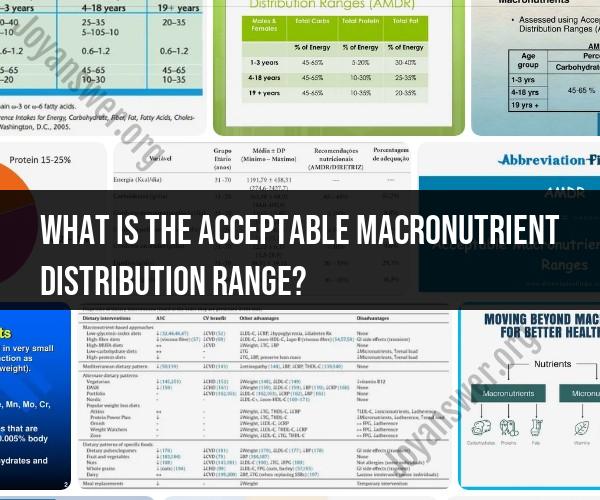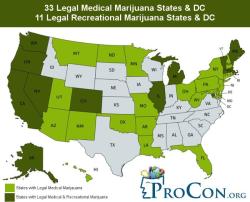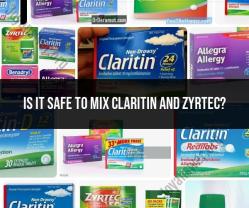What is the acceptable macronutrient distribution range?
The Acceptable Macronutrient Distribution Range (AMDR) is a set of guidelines established by various health authorities, including the Institute of Medicine (now known as the National Academy of Medicine) and the World Health Organization (WHO), to provide recommendations for the distribution of macronutrients in a healthy diet. The AMDR specifies the range of calories that should come from each of the three primary macronutrients: carbohydrates, fats, and proteins. The goal is to promote a balanced and nutritionally adequate diet. Here are the generally accepted AMDR values:
Carbohydrates: The AMDR for carbohydrates typically falls within the range of 45% to 65% of total daily calories. This means that, on a 2,000-calorie diet, anywhere from 900 to 1,300 calories (or 225 to 325 grams, as carbohydrates provide about 4 calories per gram) should come from carbohydrates.
Fats: The AMDR for fats typically ranges from 20% to 35% of total daily calories. For a 2,000-calorie diet, this would be approximately 400 to 700 calories (or 44 to 78 grams, as fats provide about 9 calories per gram) from fat sources.
Proteins: The AMDR for proteins generally falls within the range of 10% to 35% of total daily calories. On a 2,000-calorie diet, this would amount to 200 to 700 calories (or 50 to 175 grams, as proteins provide about 4 calories per gram) from protein sources.
It's important to note that these AMDR values are flexible and are meant to provide a general guideline for the distribution of macronutrients. The specific macronutrient needs can vary from person to person based on factors such as age, gender, activity level, and individual health goals.
The AMDR is designed to help individuals make informed dietary choices and ensure that they are not overly reliant on or deficient in any one macronutrient. A balanced diet that falls within these ranges can contribute to overall health and well-being. However, it's also important to consider the quality of the sources of these macronutrients, as not all carbohydrates, fats, and proteins are created equal. Prioritizing whole, nutrient-dense foods is essential for a healthy diet. Additionally, individuals with specific dietary restrictions or health conditions may have different macronutrient needs and should consult with a healthcare provider or registered dietitian for personalized guidance.













